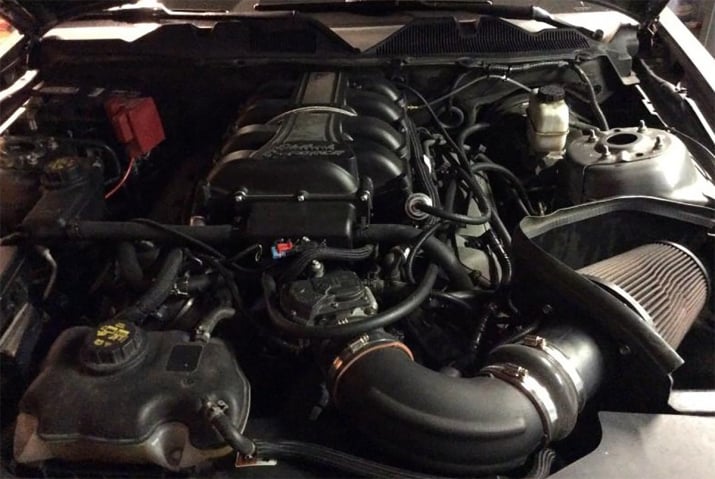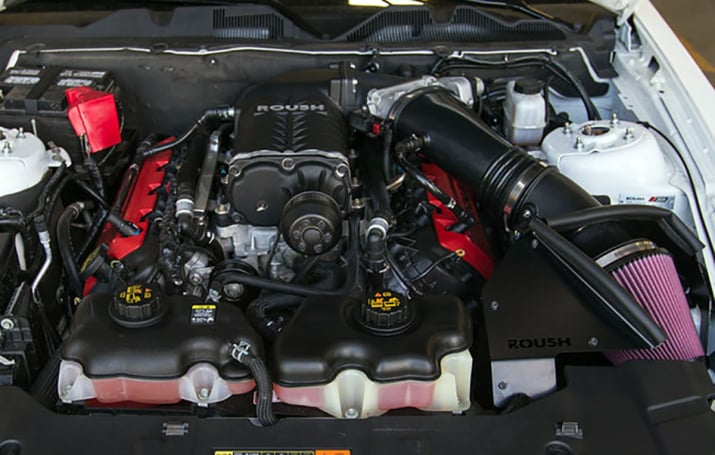For decades, supercharging Mustangs has been the classic answer for power-hungry owners. For 2011-2014 Mustang GTs, the recipe is no different. Sporting over 400 naturally aspirated ponies, the 5.0L Coyote does pretty well rolling out of Essex. Nonetheless, there isn’t much out there in this world that is more satisfying than slapping on a supercharger and creating a 600+ horsepower beast. 2011-2014 Mustang GTs are a great platform to supercharge, as is evidenced by the sheer number of companies offering a kit for this power plant. ProCharger, Vortech, Edelbrock, Roush and Ford Racing are all blockbuster names that offer killer supercharger packages for 2011-14 GTs. Just how does each offering stack up against each other? Is one any more advantageous than the other? Let’s dive in.
Table of Contents
- Procharger Stage II
- Vortech Supercharger System
- Edelbrock E-Force Stage II Track
- Roush R2300 Phase 3
- Ford Racing Supercharger Kit
Shop Mustang Superchargers





